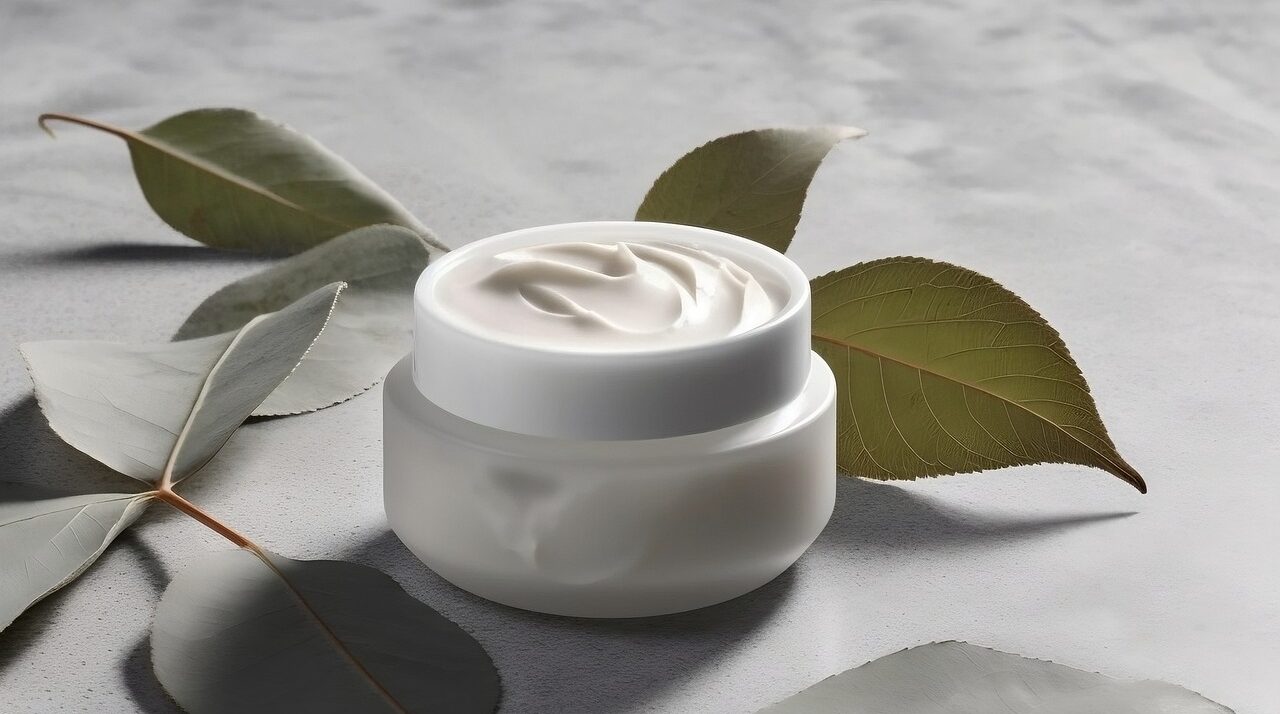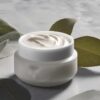Tofacitinib is commonly compounded in pharmacies in the following strengths:
-
-
- Tofacitinib 1% Cream or Ointment
- Tofacitinib 2% Cream or Ointment
-
Tofacitinib functions by inhibiting Janus kinases, specifically JAK1 and JAK3. These enzymes play a crucial role in the signaling pathways involved in immune responses and inflammation. By blocking these pathways, tofacitinib helps regulate the overactive immune response characteristic of inflammatory skin conditions. This mechanism of action distinguishes tofacitinib from other dermatological treatments and positions it as a targeted therapy for immune-mediated skin disorders.
Conditions Treated:
Tofacitinib is primarily used in dermatology for the treatment of:
-
-
- Psoriasis:
- Plaque Psoriasis: Tofacitinib has shown effectiveness in treating moderate to severe plaque psoriasis, a chronic skin condition characterized by red, raised, and scaly patches on the skin. The inflammatory nature of psoriasis is linked to an overactive immune system, and tofacitinib helps to modulate this response.
- Atopic Dermatitis (Eczema):
- Moderate to Severe Cases: Tofacitinib has demonstrated promising results in the treatment of atopic dermatitis, particularly in cases where other conventional therapies may not have provided sufficient relief. Atopic dermatitis is a chronic inflammatory skin condition associated with intense itching and eczematous lesions.
- Alopecia Areata:
- Preliminary Studies: While the use of tofacitinib for alopecia areata is an area of ongoing research, some studies have explored its potential efficacy in promoting hair regrowth in individuals with this autoimmune condition causing hair loss.
- Psoriasis:
-
Formulation and Strengths:
Tofacitinib is available in oral and topical formulations. For dermatological conditions, the topical form is particularly relevant.
-
-
- Topical Tofacitinib:
- Cream or Ointment: Tofacitinib is formulated as a topical cream or ointment for direct application to the affected skin.
- Concentration: The concentration of topical tofacitinib can vary, but common strengths include 1% and 2%. The choice of concentration depends on factors such as the severity of the skin condition and the specific requirements of the patient.
- Topical Tofacitinib:
-
Application and Usage:
-
-
- Topical Application:
- Twice-Daily Application: Topical tofacitinib is typically applied twice daily to the affected areas of the skin.
- Thin Layer: It is recommended to apply a thin layer of the cream or ointment to avoid overuse and potential side effects.
- Oral Formulation:
- Systemic Treatment: In addition to its topical form, tofacitinib is available in an oral formulation, which is taken by mouth. This systemic form may be prescribed for more widespread or severe skin conditions.
- Duration of Treatment:
- Varies by Condition: The duration of treatment with tofacitinib can vary based on the specific skin condition being addressed and the response of the individual patient. It may be used for short-term relief of flare-ups or as a long-term maintenance therapy.
- Topical Application:
-
Considerations and Monitoring:
-
-
- Side Effects:
- Local Skin Reactions: With topical tofacitinib, local skin reactions may occur, including redness, itching, and irritation at the application site.
- Systemic Effects: For the oral form, potential systemic side effects include an increased risk of infections and changes in blood cell counts. Regular monitoring of blood parameters is often recommended.
- Sun Protection:
- Photosensitivity: Patients using tofacitinib, especially topically, should be advised to use sun protection measures. The medication may increase sensitivity to sunlight, making the skin more prone to sunburn.
- Patient Monitoring:
- Regular Check-ups: Patients using tofacitinib, particularly the systemic form, should undergo regular check-ups to monitor for potential side effects and assess treatment efficacy.
- Consultation with a Dermatologist:
- Individualized Treatment Plans: The use of tofacitinib, whether topical or oral, should be supervised by a dermatologist or healthcare professional. They will assess the patient’s condition, medical history, and other factors to develop an individualized treatment plan.
- Side Effects:
-
Conclusion:
In dermatology, tofacitinib has emerged as a valuable therapeutic option for individuals with moderate to severe inflammatory skin conditions. Its mechanism of action, targeting JAK enzymes, provides a targeted approach to modulating the immune response involved in conditions such as psoriasis, atopic dermatitis, and alopecia areata. The availability of both topical and oral formulations allows healthcare professionals to tailor treatment plans to the specific needs of each patient.
While tofacitinib has shown efficacy, its use is not without considerations. Regular monitoring, especially for systemic effects, and close collaboration between patients and healthcare providers are essential components of successful treatment. As ongoing research continues to explore the full scope of tofacitinib’s potential in dermatology, it stands as a promising option for those seeking relief from the burdensome symptoms of chronic inflammatory skin conditions.


